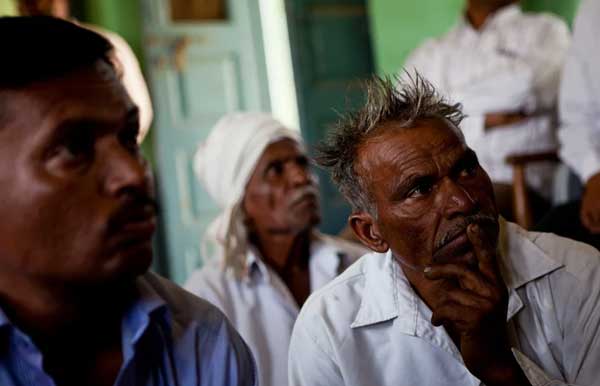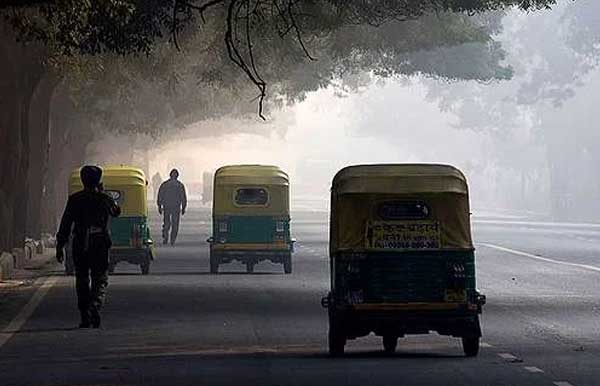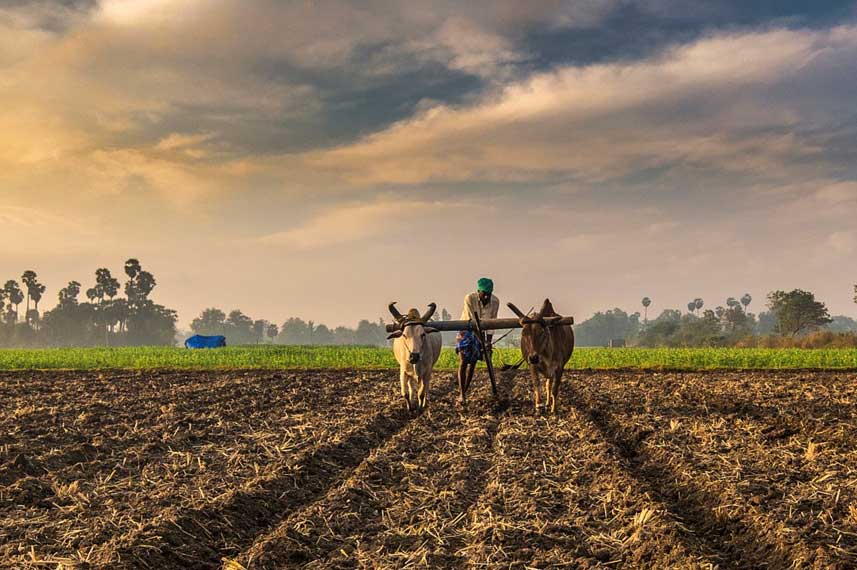The Union Budget 2021-22 sent mixed signals to environmentalists and climate activists. While some of the government announcements reflect on their larger climate goals but also numerous commitments are given a miss. While agriculture has been the talk of the town recently, the budget fails to inspire faith in the government′s plan of doubling farmers′ income. The budgetary allocation to the agriculture department if compared from last year, there is a decrease of 11382.2 crores. Similar is the case with the Ministry of Environment and Forests and Climate Change (MoEF&CC). The annual budget of MoEF&CC has been reduced by around 230 crores. The country that is reeling under the threats of toxic air could not find adequate funds under the National Clean Air Action Programme (NCAP).
Here is the first reaction from Greenpeace India agriculture and climate campaigners on the union budget 2021-22.
Higher procurement of pulses in the last fiscal year and adding 1000 more e-nam mandis could be seen as the silver lining of the agriculture budget 2021. It is noteworthy that agriculture was the mainstay and proved its resilience during the COVID 19 pandemic while other sectors faced a massive crisis. Agriculture and allied sectors recorded approximately a growth rate of 3.4% at constant prices during FY 2020-21. Decline in the MGNREGA budget will adversely impact the rural economy and the incomes of more than 85% of Indian farmers who rely on rural livelihoods due to small and marginal landholdings to complement their earnings.
Also, last year′s budget highlighted the importance of moving towards natural farming and the expectations were higher this time but that doesn′t seem reflecting in this budget. Increasing the budget of fertiliser subsidy to more than 79000 crores against a paltry amount of 450 crores for Paramparagat Krishi Vikas Yojana (PKVY) gives a completely opposite message. Similarly, 5 other programmes (with potentials of enhancing climate resilience of our agriculture) including National Project on Organic Farming, Organic Value Chain Development for North East Region, National Project on Soil Health and Fertility, Rainfed Area Development and Climate Change and National Project on Agro- Forestry have been allocated only 741 crores.
PM ASHA scheme to ensure MSP to farmers which got an allocation of Rs 1500 crores in 2019-20 has got reduced to 400 crores this year. Similarly, Market Intervention Scheme and Price Support Scheme (MIS-PSS) has seen a decline from 3000 to 1501 crores in the same period. This signals the changing government priorities.
We expect more concrete proposals to invest in building decentralised infrastructures to empower our farmers with an emphasis on small and marginal landholders and women farmers. In the context of climate change and looming threats of extreme weather events, we need bold budgetary allocations which makes our agriculture and food system environmentally resilient and sustainable for all our farmers.
The government has allocated 2,217 crores to tackle air pollution in 42 urban cities and introduced a voluntary vehicle scrapping policy. But it isn′t clear how the allocated 2,217 crores funds would be utilized to resolve the pollution crisis. In the previous budget, the government had announced 4,400 crores for clean air but there is no information on the public platform on how this fund was utilized.
On the other hand, the Budget document mentions that under “Control of Pollution”′ a total of 470 crores allocated for FY 2021-22. This includes providing financial assistance to Pollution Control Boards/Committees, funding to National Clean Air Programme (NCAP), mentions budget document. There are 122 cities presently under NCAP and the allocation for it is merely around 470 crore, which is clearly not enough.
According to Greenpeace India′s annual Airpocalypse report 2020, 231 cities out of 287 cities had PM10 levels exceeding the 60 µg/m3 limits, prescribed under National Ambient Air Quality Standards (NAAQS) by CPCB, implying that all these cities/towns belong to the non-attainment list. The NCAP needs to include all these polluted cities. This would require an increased budget allocation for tackling the ‘pollution control′
This is alarming given the fact that total budgetary allocations for MoEF&CC have also been reduced this year by 230.07crores. The total budget allocated for the ministry this year is 2869.96 crores while last year it was 3100 crore. The reduction in the budget for MoEF&CC implies that a number of environmental measures could be slowed down or halted.
It′s good that a new scheme will be launched at a cost of `18,000 crores to support augmentation of public bus transport services. Now the concerned authority should also ensure these buses should be fueled by clean energy. This will strengthen the public transport system in cities. But to stop the spread of the virus, it′s important to provide clear guidance for safety and implement sanitation measures like cleaning regimes; issuing PPEs to drivers and staff; mandating face coverings for passengers; and increasing trips to account for limiting the number of passengers per ride.
The budget also commits to providing additional thousands of crores for renewable development projects. Perhaps, this is a welcome move but the share of decentralized renewable energy needs to increase too.The decentralized model of renewable energy will not only help us to get universal energy access but it can also help us to mitigate climate crisis by replacing fossil fuel based energy production.The government needs to Support rooftop solar and other forms of decentralized renewable energy solutions that reduce the demand for coal-based electricity.
Related Articles

Union Budget 2021-22: A few welcomes and a major misses at climate and agriculture front
The Union Budget 2021-22 sent mixed signals to environmentalists and climate activists. While some of the government announcements reflect on their larger climate goals but also numerous commitments are given a miss. While agriculture has been the talk of the town recently, the budget fails to inspire faith in the government′s plan of doubling farmers′ income.

Steelflyoverbeda activist talks sustainable mobility
Cities are the economic engines for any state. India has thousands of cities and millions of people are moving into them, year after year in search of opportunities. Livelihood choices in cities are influenced by travel, how long it takes and how much it costs. For women, safe travels take a different meaning: mode of transport dictates which jobs can be taken or not.

Go organic, to improve Indian Economy
A latest Seasonalverdant India analysis of Central Pollution Control Board (CPCB) data has revealed that the air quality in three major southern cities (Bengaluru, Hyderabad and Chennai) this November was comparatively better than November 2019. The reduction in PM2.5 emissions ranged from 16 to 37 per cent, however, the air quality in all three cities still remains higher than the prescribed WHO standards (25μg/m3).